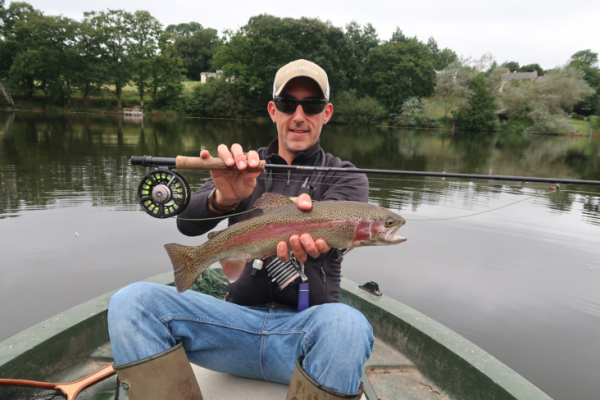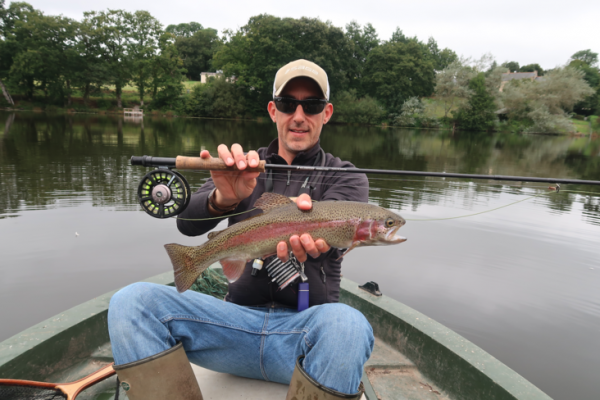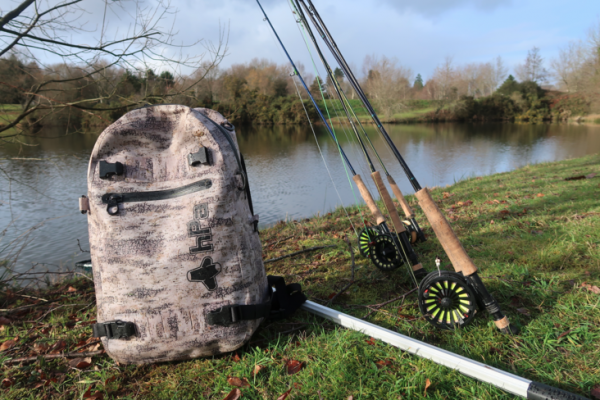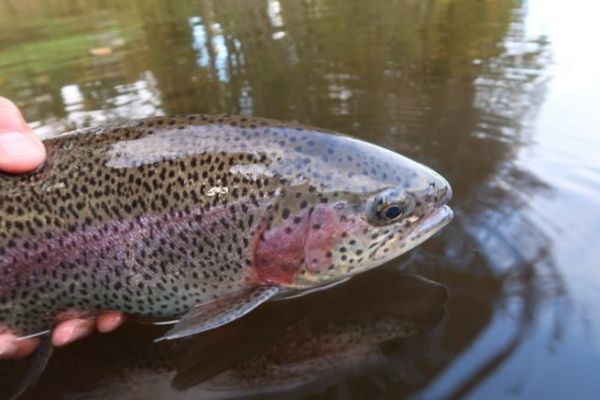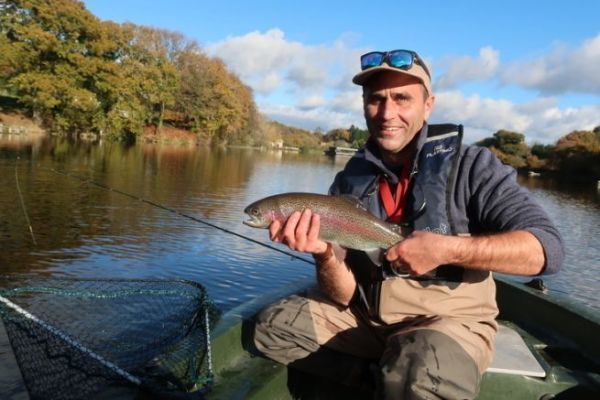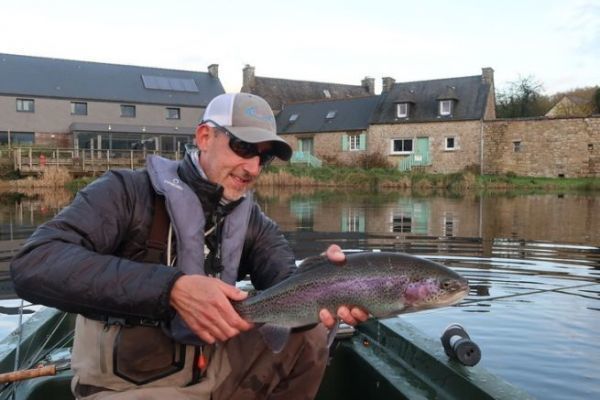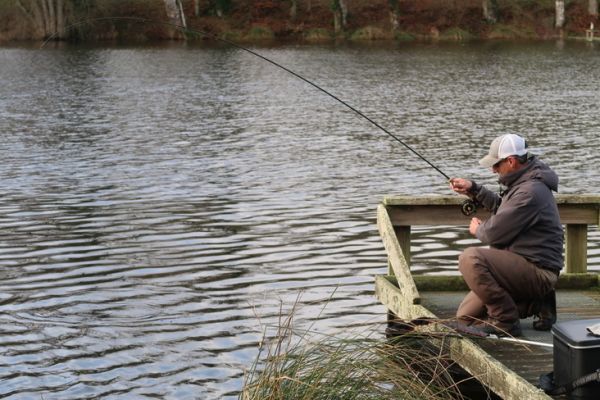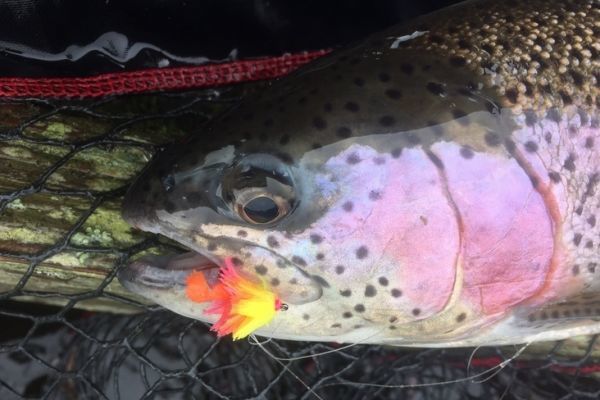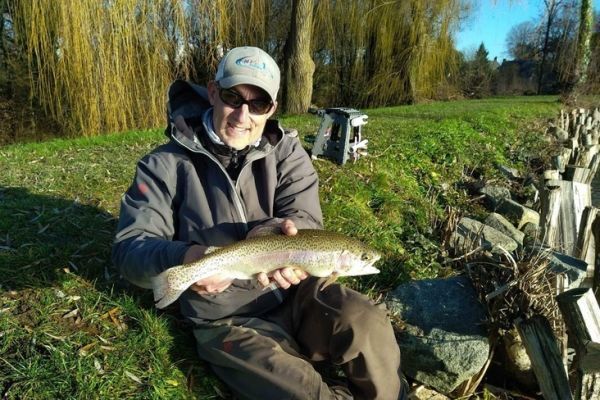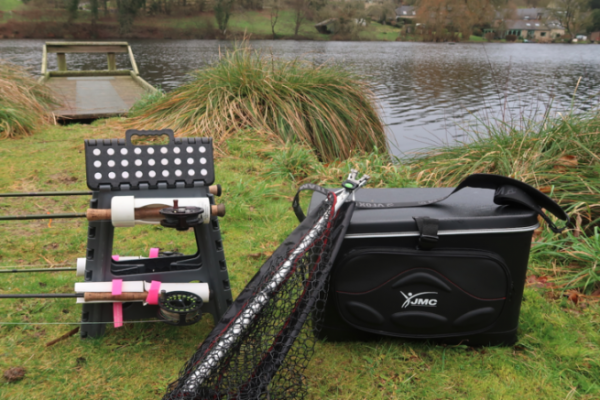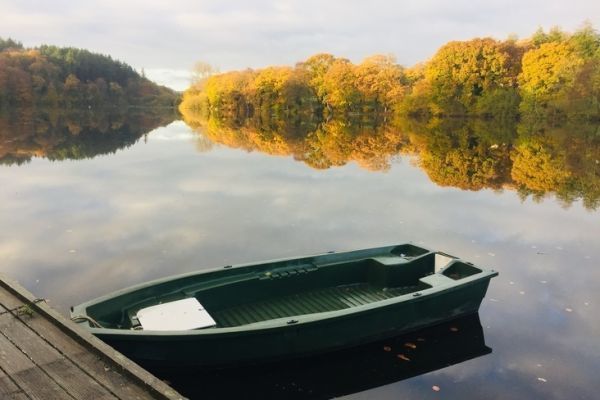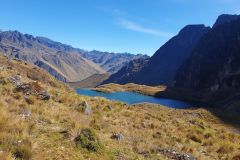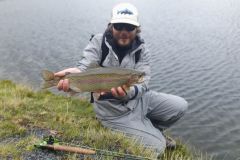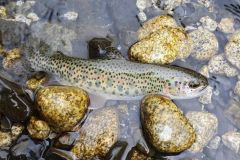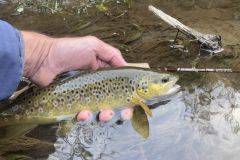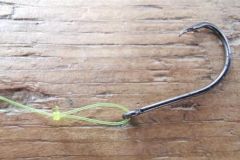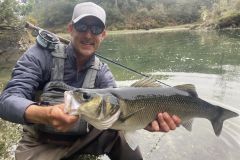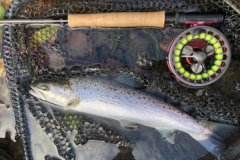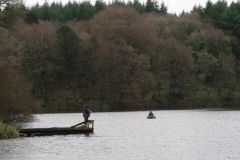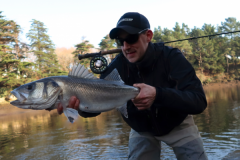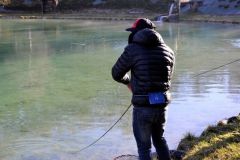Anglers often practice this technique during the winter break in order to satisfy their passion out of the river season, but also to have fun and fight big fish.
What is a tank?
A reservoir is an artificial body of water with a surface area ranging from 1 to several dozen hectares, often fed by a spring, a river or a gravel pit.
The waters are generally clear to very clear and the temperature between 10 to 20 °C.
Depending on their size, they will be more or less deep, but generally the depth is between 2 and 4 to 5 meters, sometimes more (10 m, rarely).
They are regularly fed with trout of different species, but very often they are rainbow trout (onchoryncus mykis) raised in fish farms for this purpose. These are not fish intended for consumption. They can be stocked with brown trout, brook trout (salmon), golden or yellow trout (aguabonita), blue trout. They are in all cases salmonids.
In most of these reservoirs, fishing is done in no-kill (catch and release), sometimes it is possible to keep one or two trout.
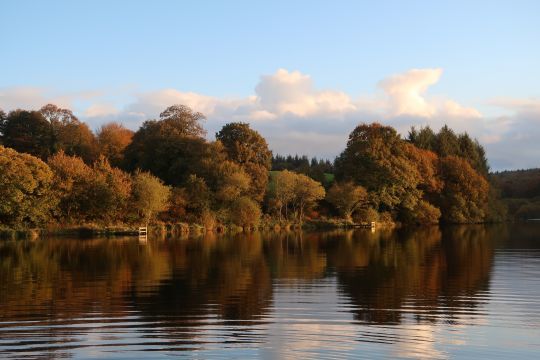
A diversified fishery
The fishing is practiced as much in dry, as in nymph or streamer. It is possible to mount 3 flies on your leader.
Different densities of bristles are used to find the height of the water in which the fish are moving, which often depends on the water temperature, but also on the food present.
Throughout the day, the fisherman will have to adapt to find the fishing to make the most fish.
If the fish are freshly introduced, they are often caught with colored streamers. Then, once they are educated, they will be more and more difficult to catch and will therefore feed on natural preys. Chironomid larvae or "chiro" represent an important part of their food. They can also hunt in schools of fry and small fish, dragonfly larvae, tadpoles, aquatic insects of all kinds.
In this case, you will have to try to find the right colors and sizes of flies to use.
Flashy colors can still be used, but sparingly.

A fishing for all levels of practitioners
Reservoir fishing is for all types of fishermen, from beginners to advanced anglers.
It is an ideal place to learn fly fishing, especially casting, to practice many techniques, but also to fight nice trout.
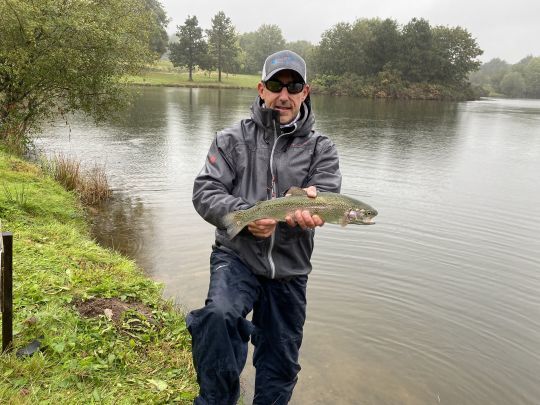
The seasoned fisherman can also enjoy himself by trying to catch bigger fish or to catch as many as possible by finding the technique and/or the flies of the moment. This type of fishing is sometimes a real challenge and knowing how to get the best out of it allows the fishermen to become versatile.
With experience, one learns to throw far, including single and double pulls, back handed casts, but also rolled casts and crossbows.
A good school and a way to have fun in the off-season.

 /
/ 